There is lots to get your teeth into with Gestalten's latest bumper book, A Life in Illustration, but we’re left with a question: Where are all the women?
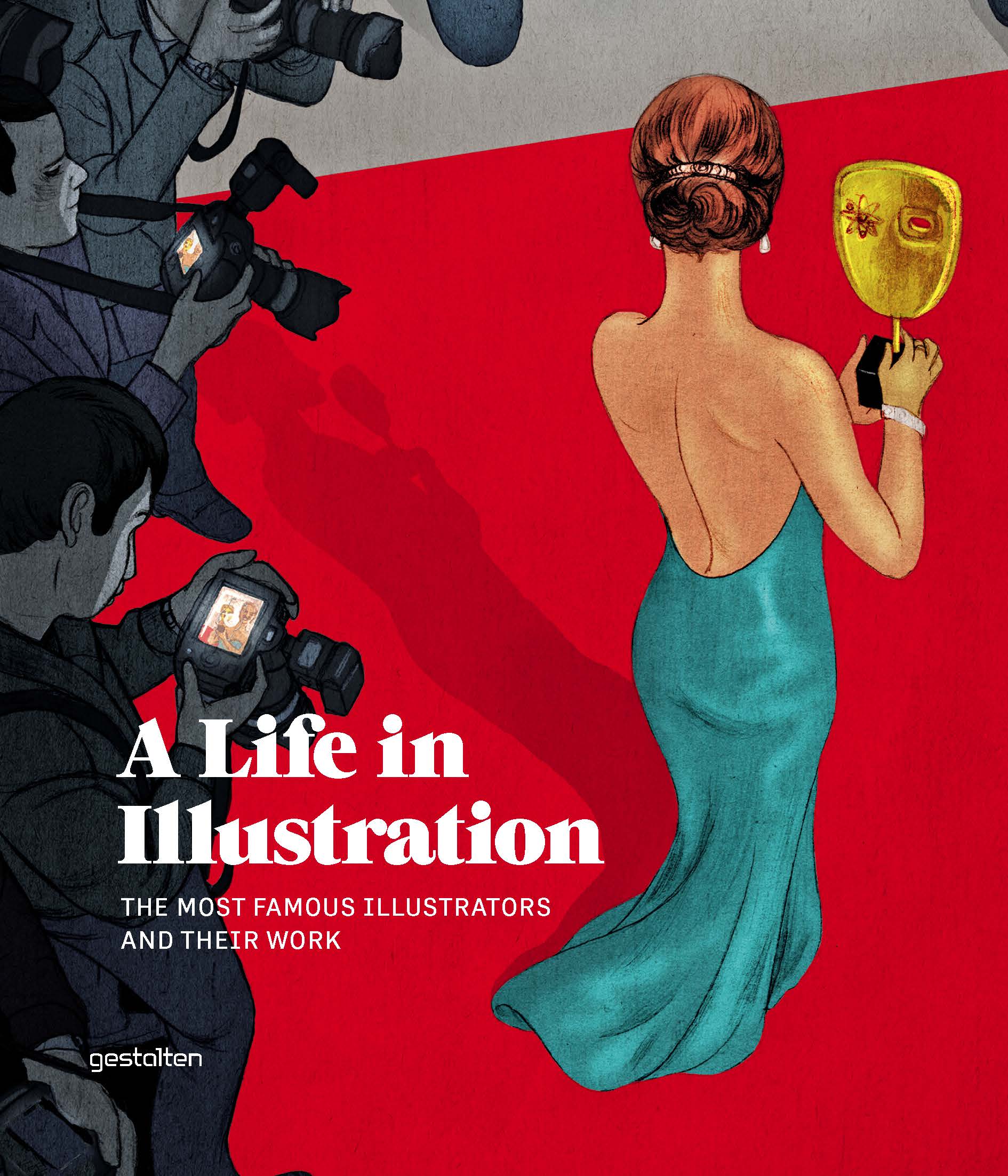
If someone tells you that they are an illustrator, you should not presume to know what they do; the dramatic rise in venues and applications for this art form has made that title increasingly enigmatic. A Life in Illustration, from arts book publisher Gestalten, serves to show just how far the role of illustrator now stretches; acting as a litmus, it takes the colour of the working lives of, as the subtitle suggests, the most famous practitioners in the business. These kind of broad judgements are always unsatisfactory, though from a publishers point of view it is easy to see why they are attractive; from a reader’s perspective it is obviously appealing to think that you have something that is, even if it says so itself, definitive. To pull this off, however, you have steer well clear of controversy, and this is where A Life in Illustration falls down.
There appears to be something of a gender bias in operation. The book is separated into six divisions — commercial, editorial, informative (info and diagrammatic), fashion, narrative and illustrated lettering. Apart from fashion illustration (which is entirely dominated by women), only one female practitioner is included, a ratio that the editorial team at Grafik don’t feel represents real world conditions. There are five women out of twenty-three illustrators in the book as a whole and, notably, only one out of nineteen across all disciplines outside of fashion. To take one comparative indicator: in the 2013 Association of Illustrators’ awards, four out of the eight winners in the professional categories were women, a split which we feel reflects that of the industry in general. A survey of winners of other major prizes, from the V&A Illustration Awards to the Kate Greenaway Medal, supports that assessment. Messrs Wagenbreth, Hanuka and Franchi are all here, and rightly so, but we can think of plenty of equally worthy female counterparts.
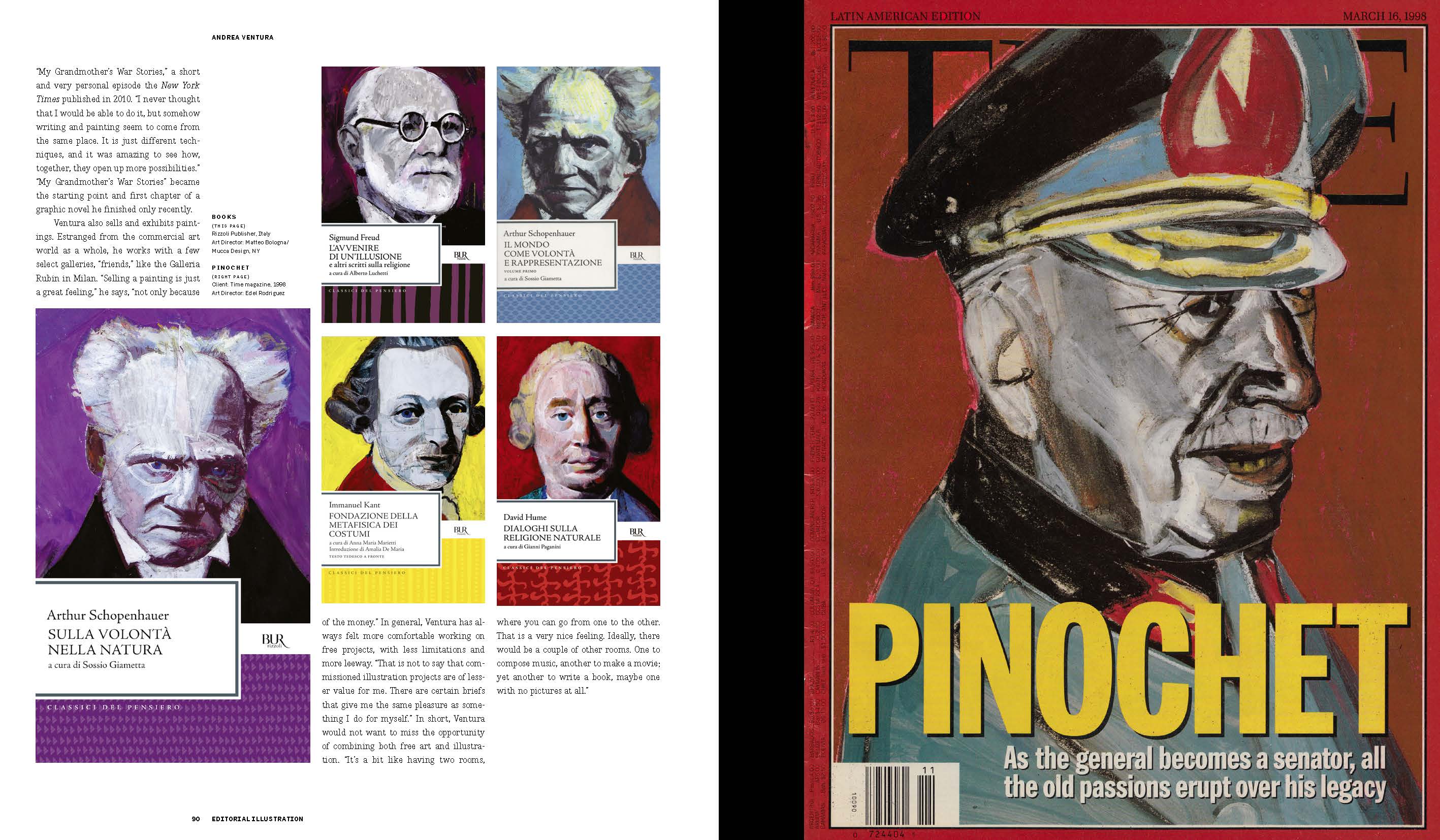
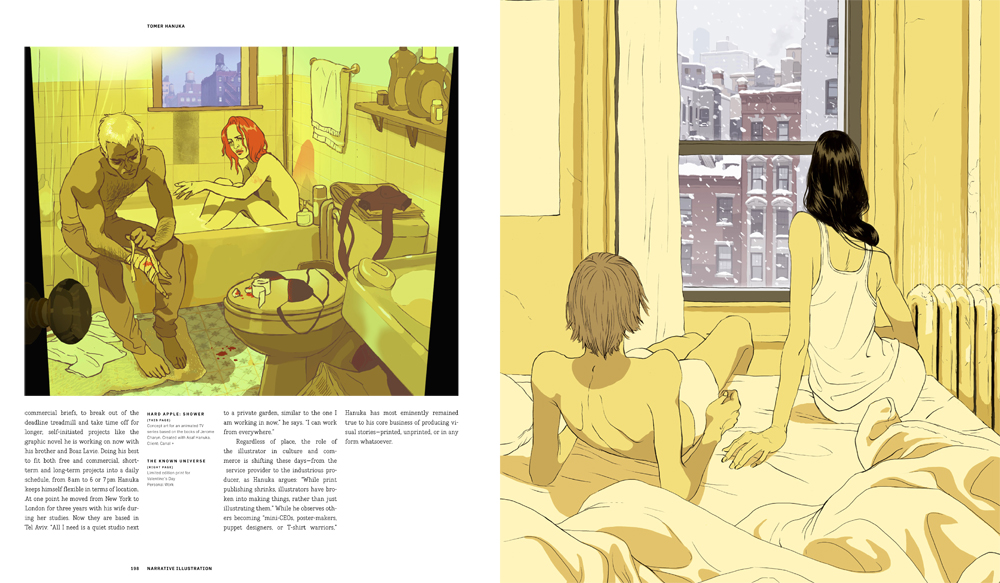
This is a shame, as the book has many strengths. Chief amongst these is the extent to which it excavates each of the appointees’ practice histories. The “extensive portraits” that the preface promises are ably delivered and abetted by the shorthand biographical indices that introduce each individual — for instance, being able to assess the the average length of time taken for each commission, against the number of commissions taken per year (as well as the agents’ cut of the proceeds) provides an illuminating ground against which to view the work on display; temporal and economic rhythms play an important role in understanding the working context of illustration, one which too many of the opportunistic picture books ignore.
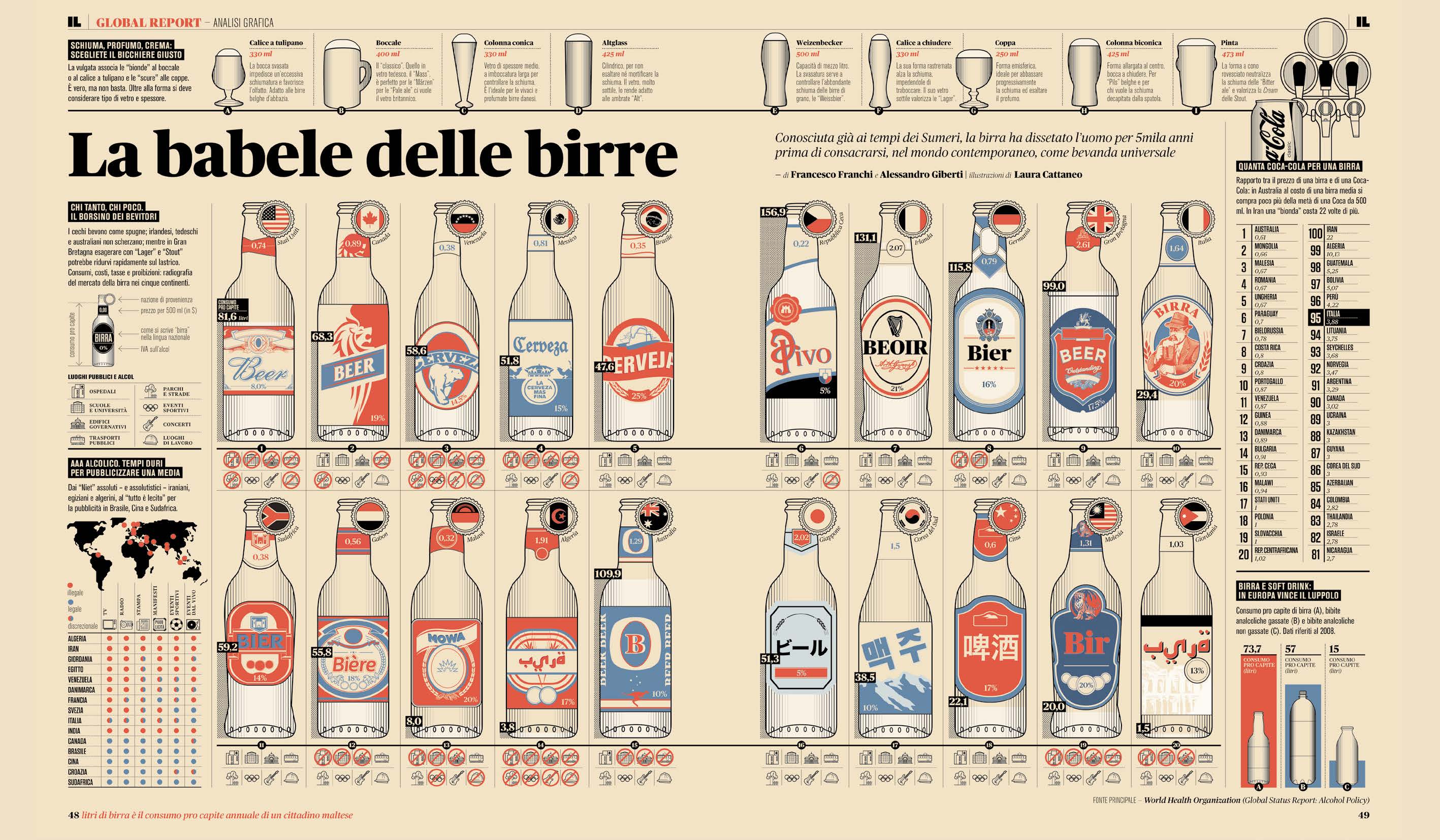
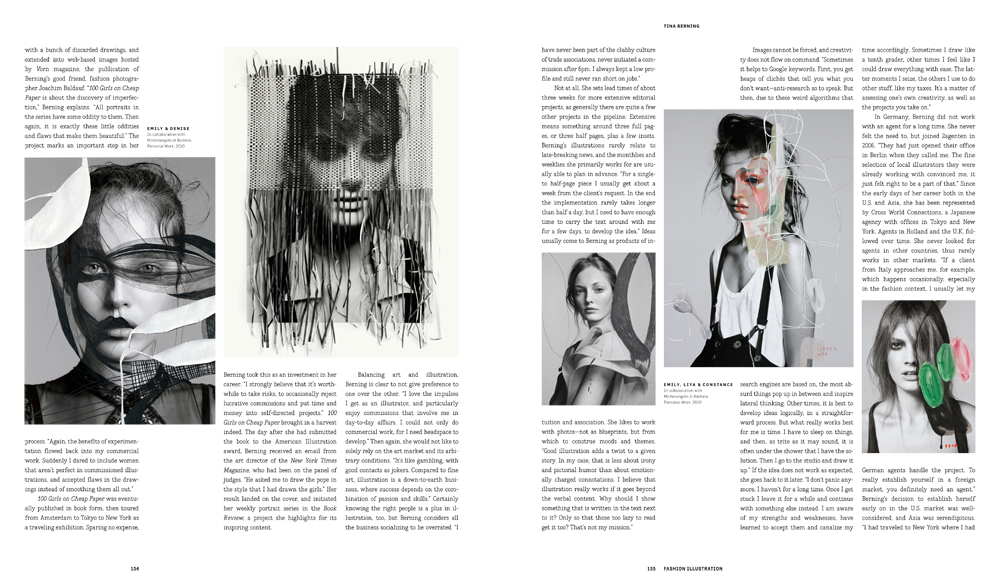
The body texts centre on embellishing this texture of professionalised creativity. They follow the embedded interview format, with multiple firsthand quotes from each artist structured within an editorialised overview of their career. This takes them beyond mere reference pieces and each document feels like it gives candid access to the practitioner’s history, method and, in some of the best cases, a little of their psyche. Regular New Yorker contributor Andrea Ventura, for instance, admits that the starkness of his work can just as easily frighten clients as enthrall them: “Maybe it’s some kind of personal inclination. The way I paint, instinctively, is just very dirty, heavy, and dark — too dark to appeal to business clients or advertising agencies, I guess.” Elsewhere lettering specialist Jessica Hische recalls the precariousness of trying to balance seven hours of freelancing a day with working full-time for mentor Louise Fili; while the multitalented Henning Wagenbreth relates the difficulties of acquiring a functioning graphic design education in the GDR.
A Life in Illustration sets out to demystify its evermore occluded subject by making space for such hard details, the workaday truth behind the images. The book provides a useful guide to the various modes of application needed to make a successful career in the applied arts, at least for half of the population. A Life in Illustration, ed. Robert Klanten and Hendrik Hellige
Published by Gestalten, £37.50

